Filter News
Area of Research
- (-) Biology and Environment (7)
- (-) Materials (21)
- (-) Transportation Systems (1)
- Advanced Manufacturing (4)
- Biological Systems (2)
- Clean Energy (41)
- Climate and Environmental Systems (1)
- Data (1)
- Fossil Energy (1)
- Isotope Development and Production (1)
- Neutron Science (17)
- Nuclear Science and Technology (6)
- Sensors and Controls (1)
- Supercomputing (17)
Media Contacts
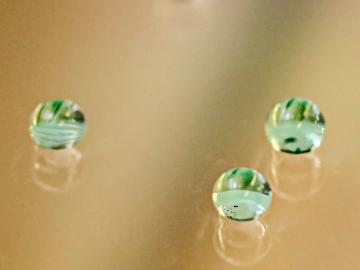
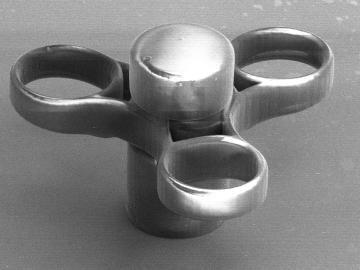
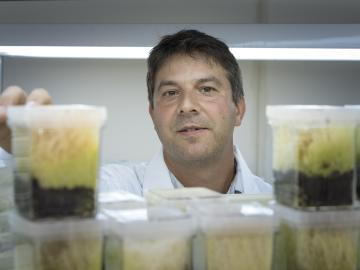
David Weston became fascinated with plant genetics and ecology in college, and now with the support provided by the DOE Office of Science Early Career Research Program, he will link those fields as he studies plant-microbe symbiosis. The research will focus on sphagnum moss, a dominant plant of n...
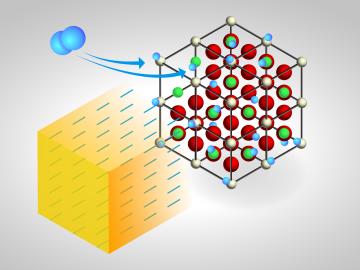
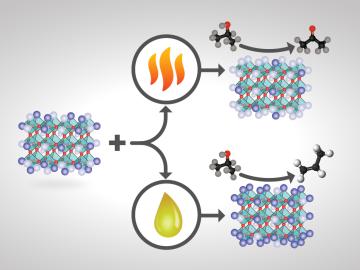
For some crystalline catalysts, what you see on the surface is not always what you get in the bulk, according to two studies led by the Department of Energy’s Oak Ridge National Laboratory. The investigators discovered that treating a complex
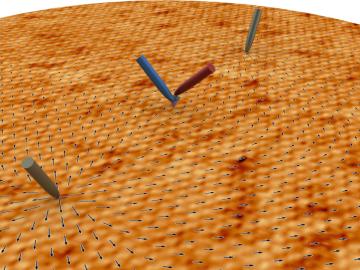
New method to detect spin current in quantum materials unlocks potential for alternative electronics
It’s common knowledge that driving aggressively can dent gas mileage, but it’s difficult to determine exactly how much gas drivers waste. A new study by researchers at the Department of Energy’s Oak Ridge National Laboratory has quantified the impact speeding and slamming on the brakes has on fuel economy and consumption. They found that aggressive behavior behind the wheel can lower gas mileage in light-duty vehicles by about 10 to 40 percent in stop-and-go traffic and roughly 15 to 30 percent at highway speeds. This can equate to losing about $0.25 to $1 per gallon.

Working backwards has moved Josh Michener’s research far forward as he uses evolution and genetics to engineer microbes for better conversion of plants into biofuels and biochemicals. In his work for the BioEnergy Science Center at ORNL, for instance, “we’ve gotten good at engineering microbes th...
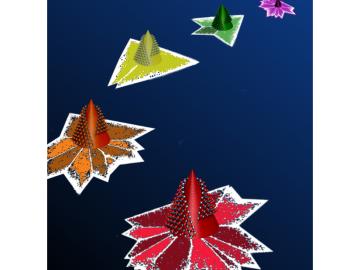
Rice University researchers have learned to manipulate two-dimensional materials to design in defects that enhance the materials’ properties. The Rice lab of theoretical physicist Boris Yakobson and colleagues at the Department of Energy’s Oak Ridge National Laboratory are combi...
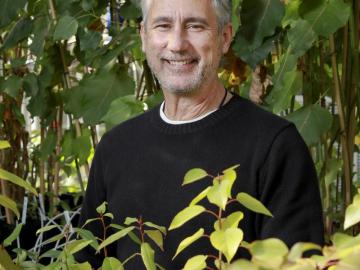
It’s been 10 years since the US Department of Energy first established a BioEnergy Science Center (BESC) at Oak Ridge National Laboratory (ORNL), and researcher Gerald “Jerry” Tuskan has used that time and the lab’s and center’s resources and tools




